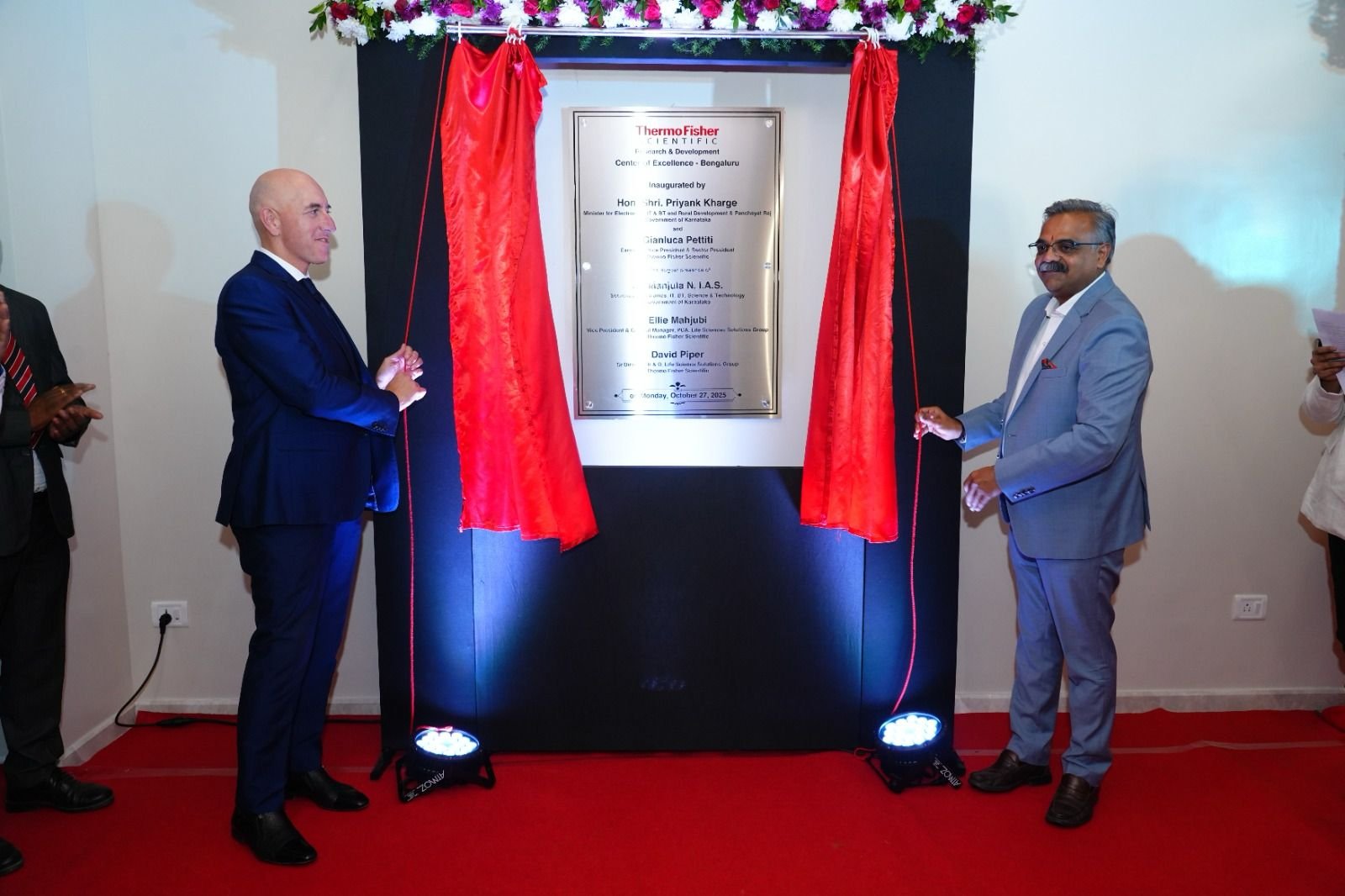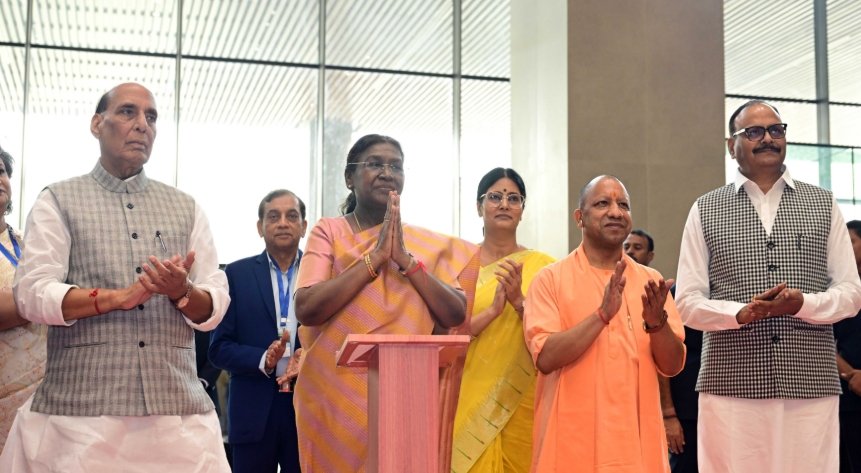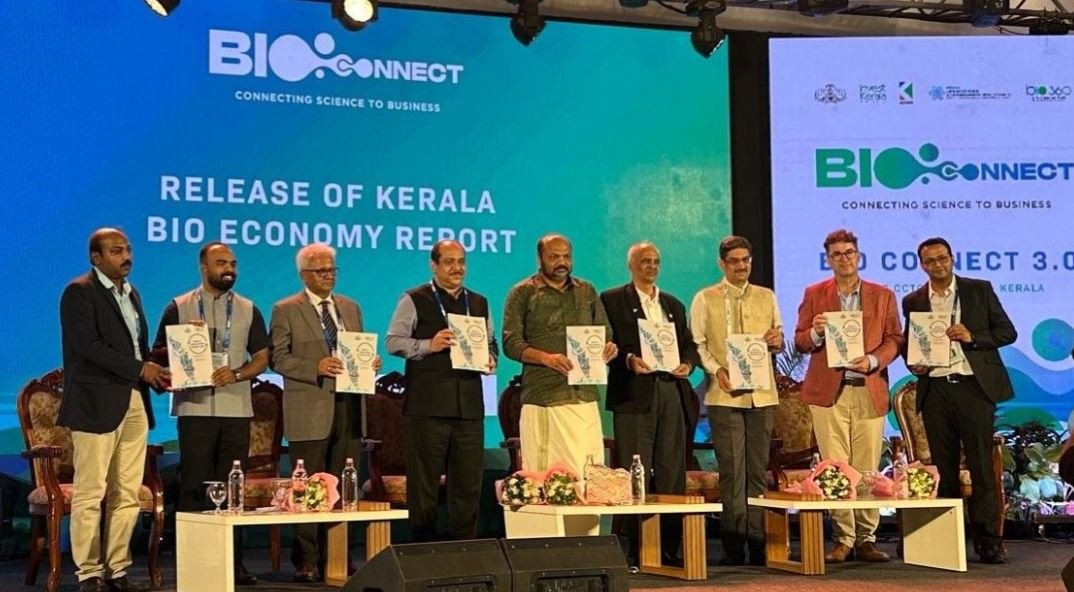Lessons for India from swine flu
April 08, 2010 | Thursday | News

Exactly a year ago, the world was swept by the swine flu
scare with the first cases reported from Mexico that spread to all the
continents within week. A year later, the swine flu scare has died
down. The Influenza A H1N1 virus did not wreak the havoc it was
predicted to by some of the world's leading health experts.
Experts have learnt another great lesson from this episode that it
doesn't pay to press the panic button at the slightest pretext. The
global scare created in mid-2005 about bird flu sweeping the world
within months of an outbreak and hitting the most vulnerable sections
of the society too has not happened. Does it mean that health experts
are scare mongers?
The jury is out on this but we may not have the verdict too soon. Is it
not better to be safe than sorry?
What about the scenario in India? Swine flu is not a word that scares
anyone now in the country. The panic queues that formed outside the
swine flu testing centers in June-July 2009 has been replaced with a
calm. The first set of vaccination of health workers who will be in the
frontline of handling future swine flu cases has started in many states
in early April.
Imported vaccines, supplied by Sanofi Pasteur, has been provided in
adequate quantities to key affected states. Two indigenous swine flu
vaccines, developed by Zydus Cadila and Serum Institute of India are
currently in phase II and III trials. Advance results so far indicate
good efficacy and the regulator, Drug Controller General of India
(DCGI) may give the final go ahead by April-end. Delhi-based Panacea
Biotec is investing in a new swine flu manufacturing facility in Punjab.
This is the good news from the swine flu scare for the country. For the
first time, the country has geared up well to face similar epidemics in
the near future. The capabilities developed to produce swine flu
vaccines will come in handy to deal with influenza epidemics in the
future. Influenza was one area that was not taken seriously in the
country so far with less that 0.5 percent vaccination against any type
of this viral epidemic.
World Health Organization (WHO) goaded Indian policy makers into action
four years ago when it anticipated an outbreak of bird flu (Influenza A
H1N5) and selected a few Indian vaccine makers to provide them with the
expertise. This advance planning helped the country tide over the swine
flu crisis that came in instead. Hopefully, India's public health
policy makers have learnt the right lessons from the swine flu episode
and will not delay sanction of funds to create buffer stocks of
essential vaccines. This was one area India's policy makers failed
miserably.
A proud nation that aspires global leadership should not be dependent
on global NGOs like Bill and Melinda Gates Foundation and even GAVI
(Global Alliance for Vaccination and Immunization), a consortium of
multinational vaccine makers, to provide essential medical treatment to
its citizens.
India will require just over a billion dollars or Rs 4,500 crore
annually to vaccinate all its vulnerable citizens and stockpile some
essential vaccines to deal with epidemics like swine flu. It is
important to keep adequate stocks and spare production capacity within
the country. Luckily, in the swine flu episode India did not have to
depend on limited spare vaccines which would have been doled out if the
epidemic had become a major health scare in 2009.
The nation is in a happy position in accessing financial resources
thanks to the high economic growth rates. The Manmohan Singh government
should channel additional resources similar to what is being pumped in
the education sector ($30 billion) to this equally fundamental task of
safeguarding the health of the nation. Resources are the issue here. A
national change in mindset is required to anticipate and plan for
looming episodes of epidemic diseases.
Group Editor
<sureshn@cybermedia.co.in>


 Exactly a year ago, the world was swept by the swine flu
scare with the first cases reported from Mexico that spread to all the
continents within week. A year later, the swine flu scare has died
down. The Influenza A H1N1 virus did not wreak the havoc it was
predicted to by some of the world's leading health experts.
Exactly a year ago, the world was swept by the swine flu
scare with the first cases reported from Mexico that spread to all the
continents within week. A year later, the swine flu scare has died
down. The Influenza A H1N1 virus did not wreak the havoc it was
predicted to by some of the world's leading health experts. 





